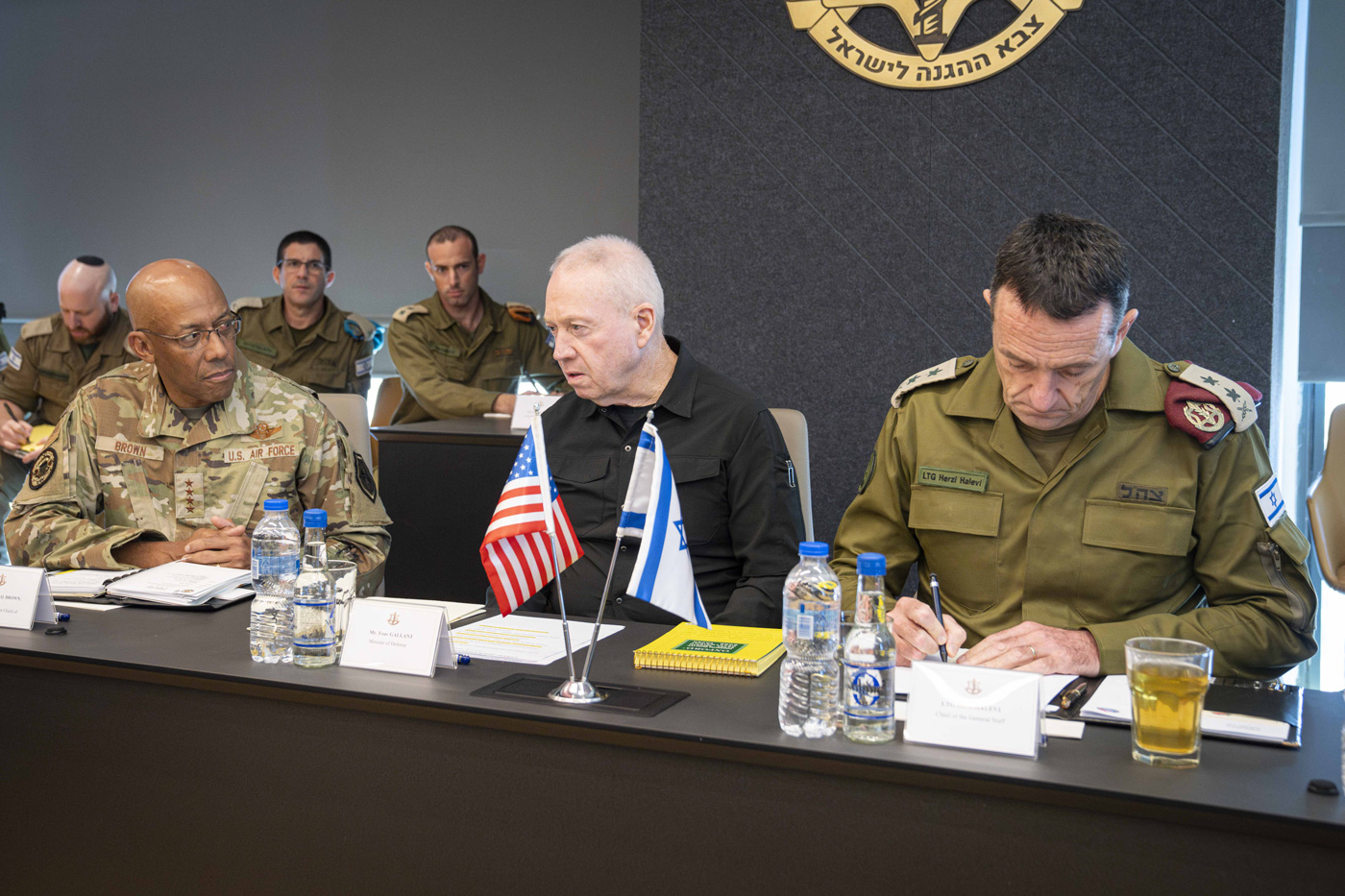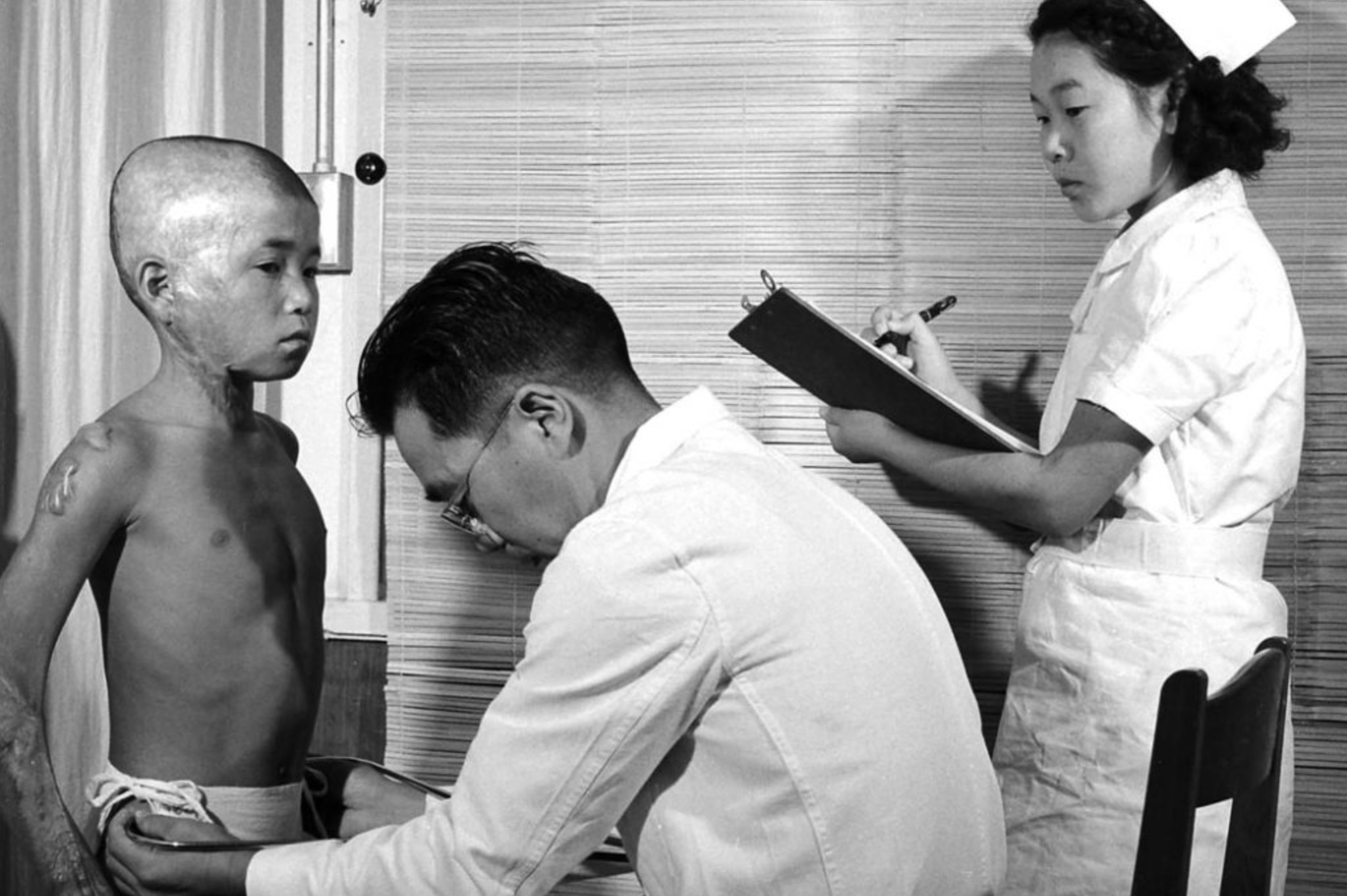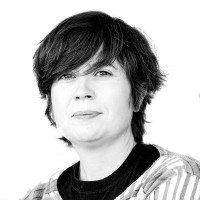From Helmand to Kabul, popular steps for peace in Afghanistan
- The endless 40-year war in Afghanistan has known a curious 10-day peace period with the end of Ramadan in June. Among the attendees, there have been striking mobilizations for peace, which have been small but significant. The peoples have been involved in images of reconciliation. Since 1978, people have been tired of the war that has caused the death of almost two million citizens and the flight of five million more, to the point of risking demonstrating in the streets claiming peace.

It was broadcast through the progressive Common Dreams media on June 11: “We want peace: a walk to Kabul denouncing war and occupation. (...) Dozens of Afghans are walking through the 650 kilometres between Helmand and and Kabul to call for an end to the war.”
They were all men, the youngest of 17, many of them over 60, among the walkers were peasants, retired military, university students, professors, from different street trades... Some were violently wounded by the war: someone who claims to be a poet still carries in sin one of the four bullets that had shot him, a former mechanic who had left him blind by the war, and someone who by mistreated polio needs crutches. Zaher Ahmad Zindani, blinded by a bomb on the road, told the journalist: “We’re tired of this bleeding.”
The protest began last March in Helmand Province, Florida. On 23rd, Friday and festive, when the bomb launched by a suicide bomber in the capital, Lashkar Gah, caused 14 deaths, among them several children, some militants reacted by organizing a sit-down at the site of the shattering. Journalists Mujib Mashal and Taimoor Shah wrote in the New York Times chronicle: “In the midst of their indignation and sadness, they did not ask for revenge but for peace.”
In the following days, many parents of the victims approached in Lashkar Gahra Square to the activists’ fabric hut to report their sentences and show their support to the protesters. When the activists announced their intention to launch a peace march, the Taliban who control most of the province of Helmand ordered them not to leave. In their inability to move, they then began a hunger strike to demand from the government of Kabul, like Taliban, a truce, however short. “We don’t ask much: a two-day cease-fire.”
A month and a half later, in May, nine people left on foot from Lashkar Gahti on the crossing to Kabul. For his part, Bacha Khan Mawladad reported his requests to journalists: “We ask for four things. One, that all the warring parties recognize the truce for the duration of Ramadan. Two, decide where to start the peace talks. Three, let a government of all be agreed. Four, that all foreign troops agree on the date of their departure from Afghanistan.”
The chronicles of Tolo News, which broadcast news from Afghanistan, follow the footsteps of the pacifists. It took four days to get from the capital of Helmand to Kandahar. Passersby called people to come near. “If we’re wrong, tell us, but if we’re doing the right thing, we help push our campaign forward.”
When they arrived in the city of Ghazni, the news of the peace pilgrims had spread and the crowd had welcomed them, although along the way more than one obstacle had been found by the Taliban dominating the area. “But we started talking together and quickly realized that they too are fed up with war.” Also in the province of Wardak, a lot of people had approached it. Passersby had already become a few dozen. Among those involved was also his 75-year-old grandfather, Nek Mohammad, whose family was a native of Ghazniknlagata.
Women leaving in Jalalabad
On 18 June, hundreds of people toured the streets of the capital of Kabul with demands for peace. Thus the 650 km of walking trip ended, in a hot spring summer and especially in the middle of Ramadan, that is, from 06:00 in the morning until 21:00 in the evening, without eating or drinking. Still, they had to advance 20-25 kilometers a day to arrive on time.
In the final photos the walkers appear exhausted, with the feet wounded, and some had to put a serum to hydrate. However, one of the activists who has done all the way, Iqbal Khayber, who studies medicine, has told journalists that it has been worth it: “I’ve seen things that were never there visto.Hemos with a lot of people in areas controlled by both the Taliban and the government and they’re all tired of war.”
The June ceasefire has been one of the most recent, announced by the Afghan President, Ashraf Ghani, between 12 and 20 June, on the occasion of the three-day Eid al-Fitr festival marking the end of Ramadan and for the three holiday holidays. During those days of utensils, it has been possible to see striking images in every corner of Afghanistan, family and friends who have not been seen for years, people who had long left home and who at least returned to their place of origin for a short visit... Unfortunately, the truce has not followed, as you pointed out with the attacks of both types that have taken place in Catalonia.
In these weeks there have been more surprising events, although they have not come to our eyes or to our ears. On the days when the peace march was under way, shortly before the truce began, in the city of Jalalabad, two dozen women took to the streets at the demonstration to call for peace: “Dozens of women have demonstrated in Jalalabad Mukhaabrat Square between the squares of Pashtunistan on 13 June, to ask the Taliban also to reclaim the ceasefire after the fasting in the days of Ramadan.” Asia Times recorded in her chronicle the messages that girls and women had in their roles: “We have been in war for years and it is enough”, “This struggle has not brought us anything good, only murders, wounded and incapacitated among our children and relatives”...
In the first three months of 2018, at least 2,200 civilians were killed or attacked by government troops or insurgents. Despite the fact that most of the NATO military withdrew from Afghanistan in 2015, the United States has never ceased to attack and, as if that were not enough, Lehendakari, Donald Trump, rushed to declare that it would strengthen the presence of U.S. military in the country. Little hope of ending the war.
Pacifist militant Kathy Kelly has recently stated that the United States has a strong interest in metals stored in the subsoil of the Indu Kush Mountains, such as the Ayna Month, a giant copper mine in the Kabul area. Its exploitation, however, makes water scarcity more serious than climate change has diminished there. The war, the lack of work, the exhaustion of the camps... 60 per cent of the population of Afghanistan is under the age of 35. They would go abroad, but they have nowhere to go. There is no point in dreaming in Europe.
Vietnam, February 7, 1965. The U.S. Air Force first used napalma against the civilian population. It was not the first time that gelatinous gasoline was used. It began to be launched with bombs during World War II and, in Vietnam itself, it was used during the Indochina War in... [+]
We are in the midst of a world imperialist offensive led by the Western bourgeoisie. The form that the imperialist offensive has taken is that of war, with all its variants: economic war, cognitive and cultural war, lawfarr; and, of course, military war. Western imperialism has... [+]
Year of War, year of lie!
That is what the phrase says, and that is what reality confirms.
Given the situation of war in the world and in Europe, its constant upturn and the possible consequences that this has had and will have in Euskal Herria, last December several citizens... [+]
On 26 December, during an air strike, the Israeli Army killed five Palestinian journalists trying to reach the city. They killed 130 Palestinian journalists. This news has reminded me of a couple of things, the first, the persecution of true journalists in any part of the world,... [+]
The Centre Tricontinental has described the historical resistance of the Congolese in the dossier The Congolese Fight for Their Own Wealth (the Congolese people struggle for their wealth) (July 2024, No. 77). During the colonialism, the panic among the peasants by the Force... [+]
On November 25, International Day against Male Violence, the Steilas Feminist Union Feminist Secretariat has published a poster: Our body is a battlefield, and all the schools in Hego Euskal Herria have received it. We wish to denounce the violence suffered by women and children... [+]
“The time has come for courageous, comprehensive and noble proposals (…) for Euskal Herria to re-enter the world’s revolts,” said friend Hartu López Arana in her opinion article “For an effective aggression” published in ARGIA magazine in July 2018. Six years have... [+]
Japan, 6 and 9 August 1945, the United States launched an atomic bomb causing tens of thousands of deaths in Hiroshima and Nagasaki; although there are no precise figures, the most cautious estimates indicate that at least 210,000 people died at the end of that year. But in... [+]
The nuclear winter theory Paul J. It was the result of an investigation published in 1982 by Crutzen and John Birks. According to this study, "nuclear explosions and subsequent fires would release large amounts of soot, dust and ash into the atmosphere, causing a notable... [+]
On this rainy Sunday, we are responsible for the fate of people living in disquiet at the various conflicts that exist in the world. By far, it seems that we cannot be freed from the hands of many rulers acting towards power. Many human beings live in the world with the... [+]









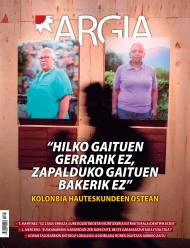



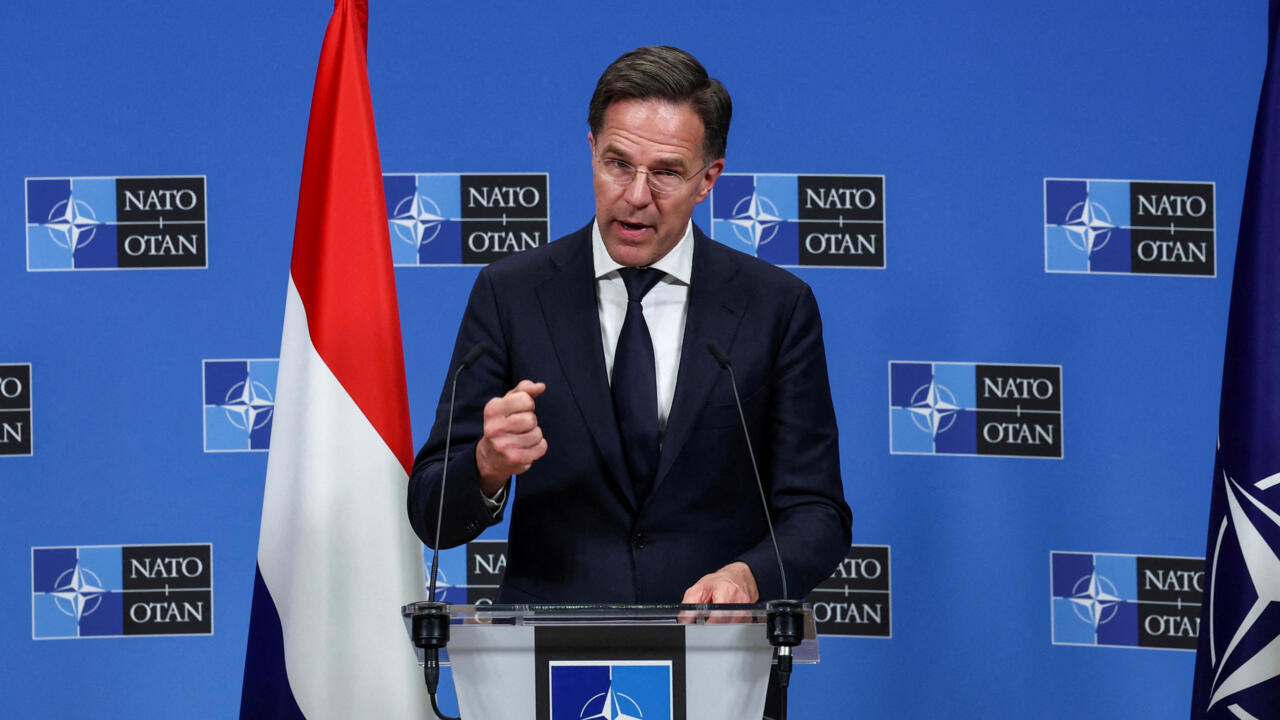
.jpg)

